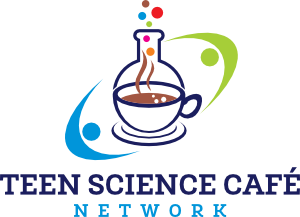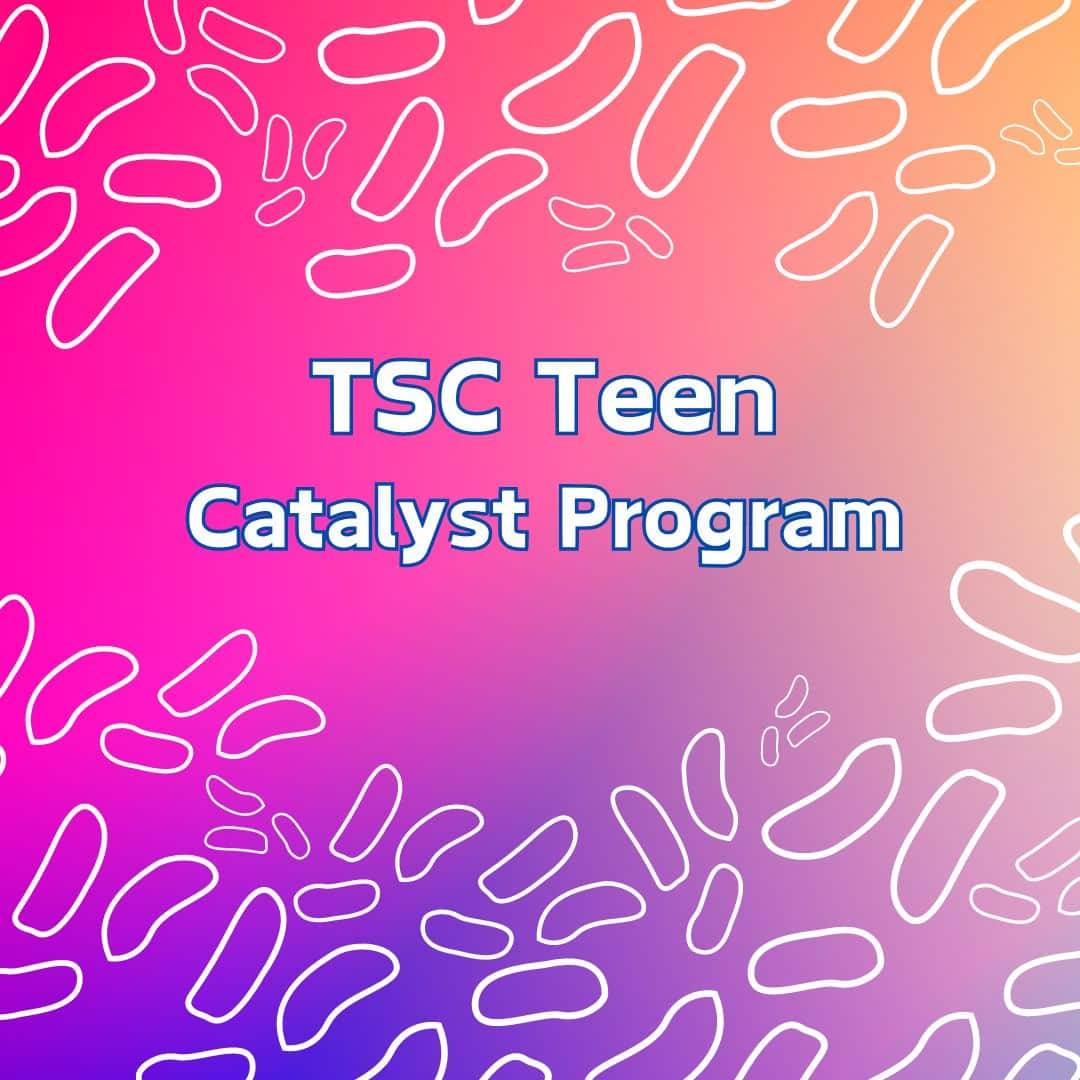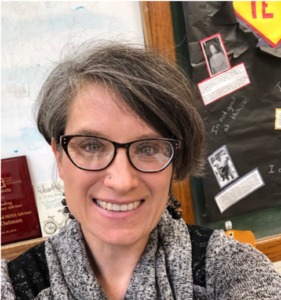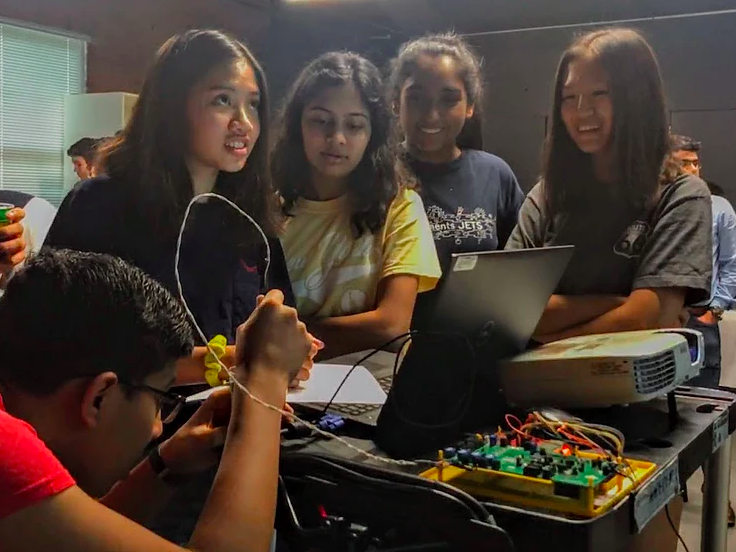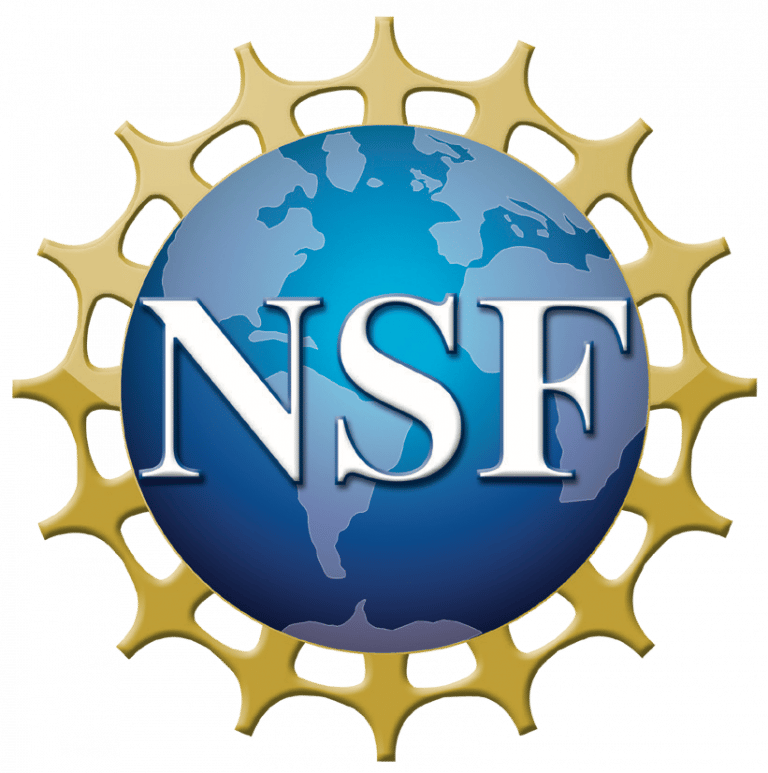At the Teen Science Café Network Workshop in January, we started a discussion about developing a teen café social network for the community of teen leaders and participants in our teen science café programs. We would like to follow up with all Members to explore the level of interest among adult and teen leaders for such a network.
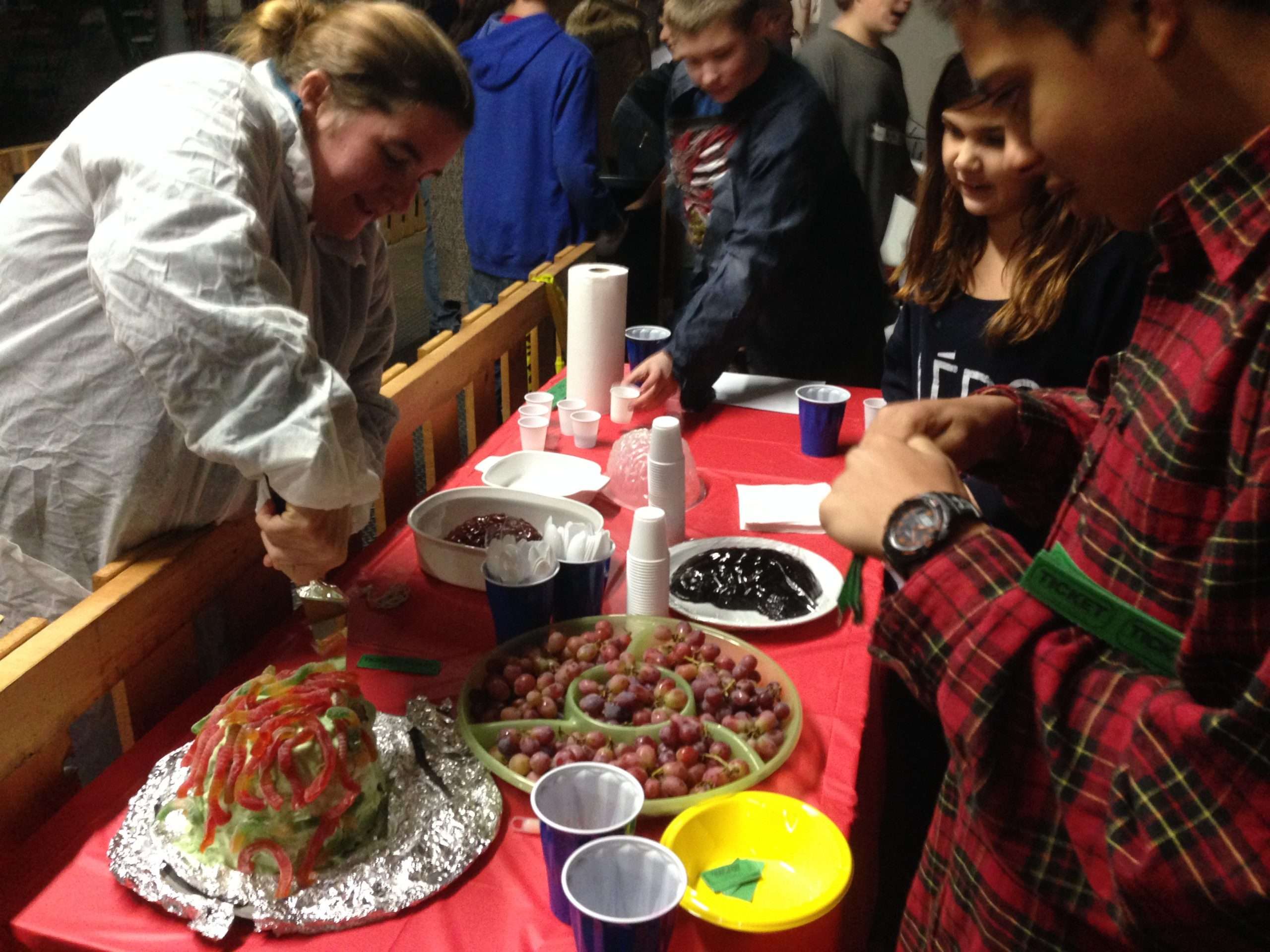
To move this conversation forward, we have posted this blog with some of the initial thoughts on a process to evaluate whether and how to develop such a community. We have also posted some starting questions on the Forum to get the conversation started.
First, we must answer the question: Why support it?
The idea to create this network is based on some assumptions that teens across the network will want to:
- Connect with other teens with similar interests.
- Share ideas on how to improve their local cafés.
- Share videos and images in creative contests.
- Explore current science with peers and experts.
TSCN support of a social teen network is motivated by a desire to:
- Fulfill an expressed interest of teens attending teen science cafés to connect to others with similar interests and experiences.
- Provide more opportunities for teens to reinforce and expand their interest and knowledge in STEM related topics presented in cafés.
- Provide access to a wider variety of STEM experts
- Expose teens to the various topics and formats offered at a teen café.
- Raise awareness of Teen Science Cafés nationally among teens.
- Gain a broader teen perspective underpinning the future directions of the TSCN and teen science cafés.
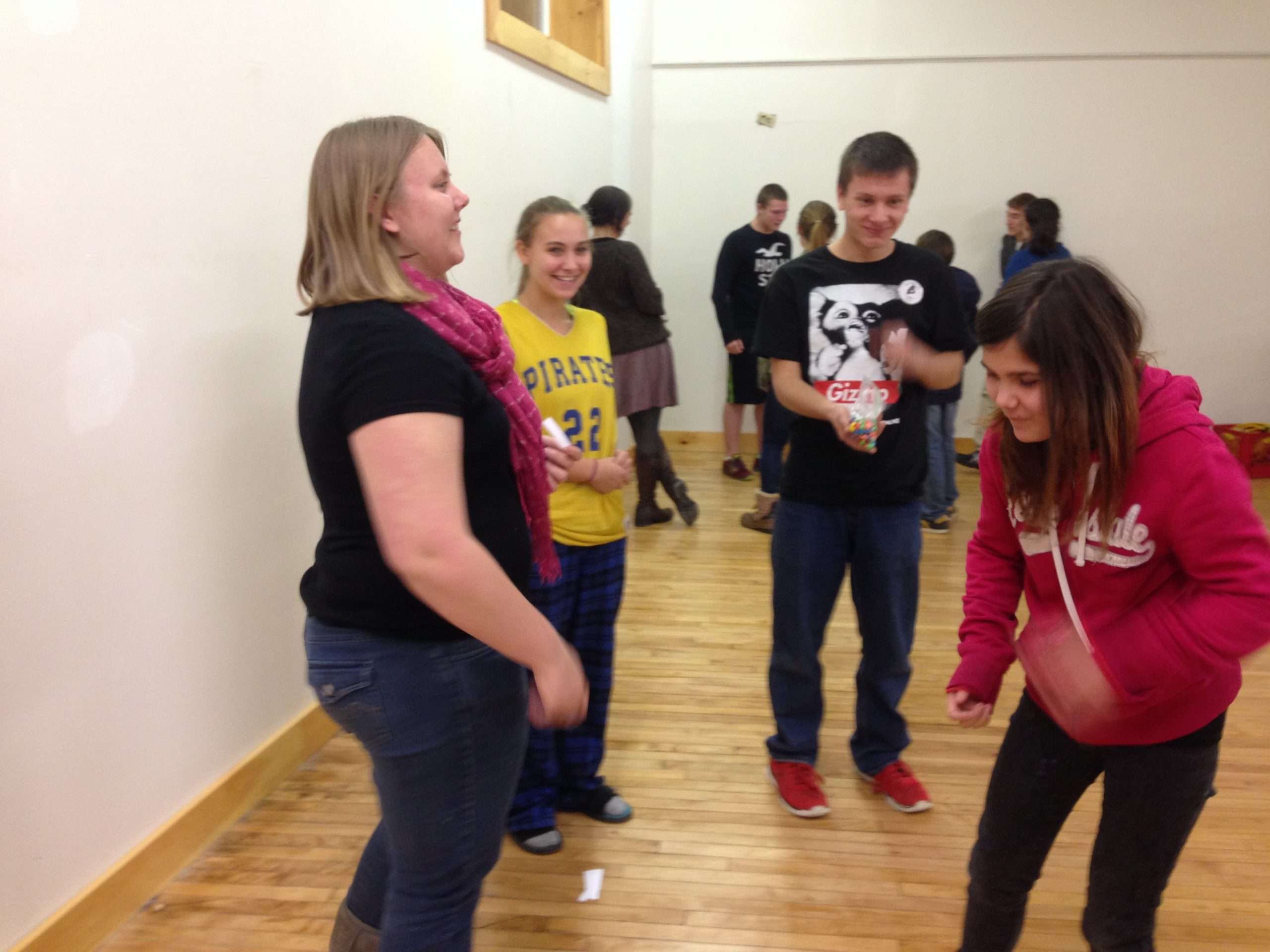
Second, we must determine whether, why, and how our target audience of teens will build and use this network. If we support them in the development, will teens build it and will their peers come?
Teen social communities are most successful when designed and lead by teens. Adults can work behind the scenes to encourage, train, listen, guide, and provide tools for the teen leaders, but the community must be for teens and by teens. If there is not sufficient energy and commitment among the teens to develop this community, it won’t be successful.
Understanding the assumptions and motivations of teens to build and participate in such a network is key. Thus, we would like to engage our adult leaders across the network to poll their teen leaders and, potentially even, café participants about their interest, motivations, and expectations of such a social community.
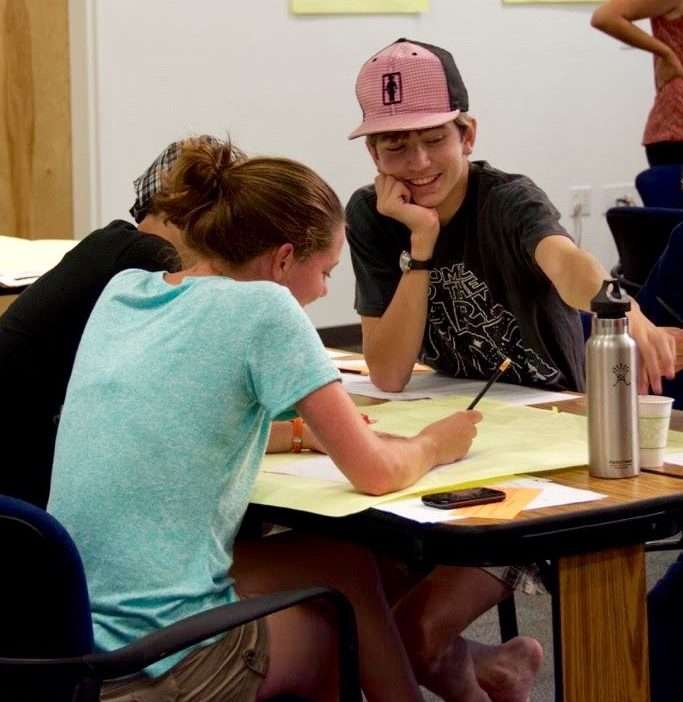
Third, if the teen interest is sufficient, we must make a sensible plan and determine the cost in time and effort.
We have a Facebook Community, Teen Science Cafés Rock, available for teens to begin discussing this idea and formulating how they might want to move forward. We also envision establishing a Teen Leadership Advisory Board with representatives from each café site to make this happen, but we would like to hear your thoughts on this first, and then think about possible next steps.
